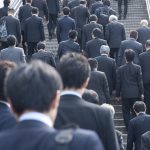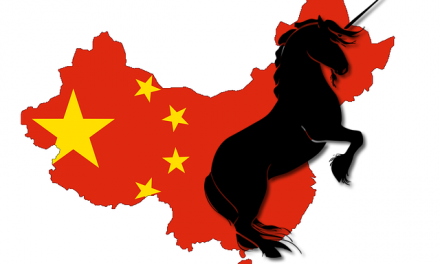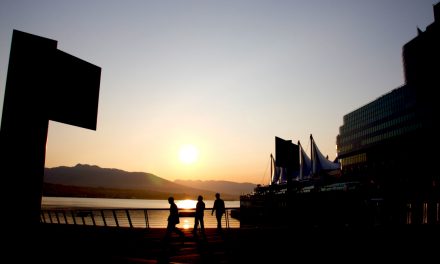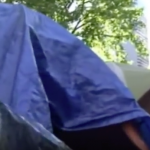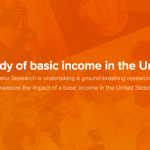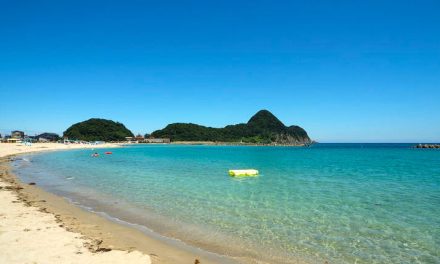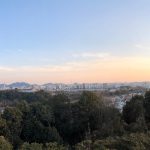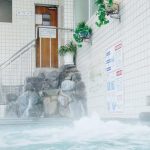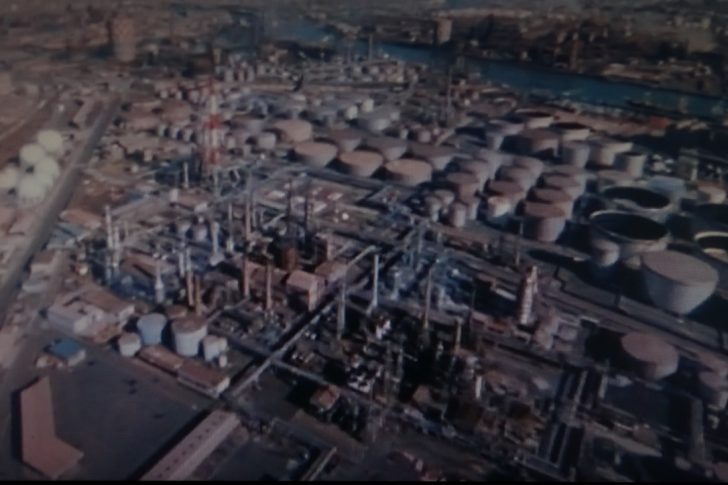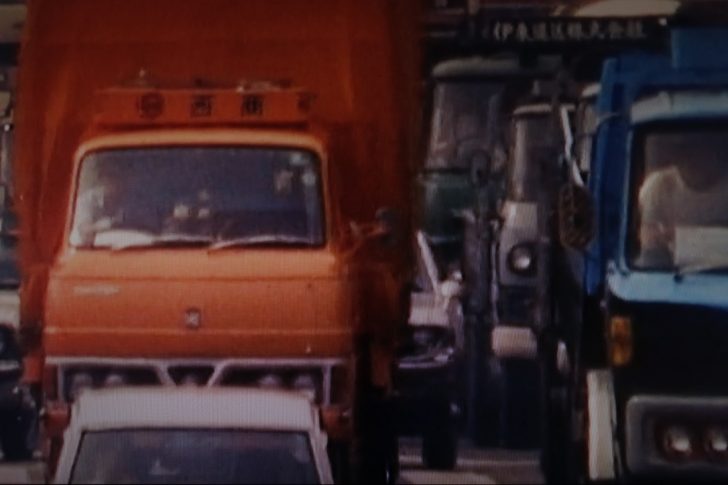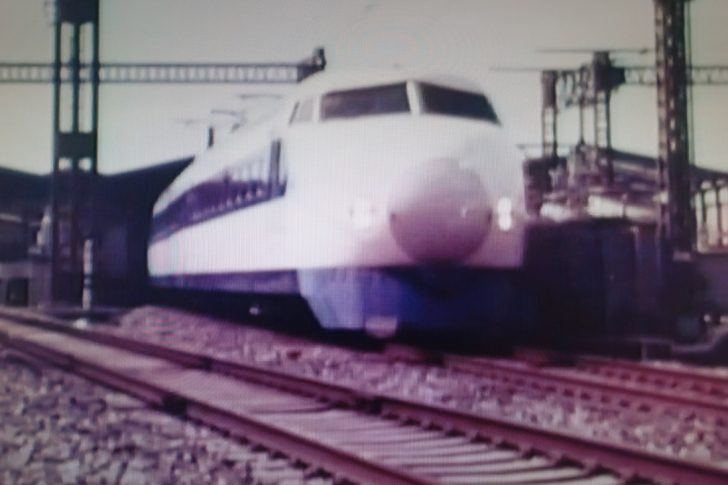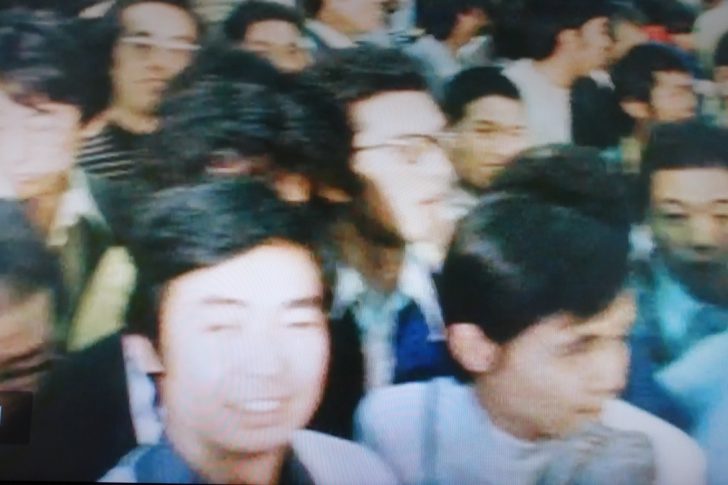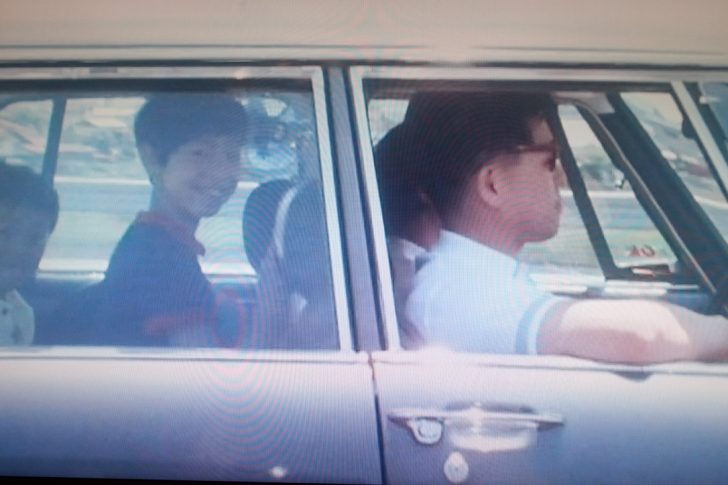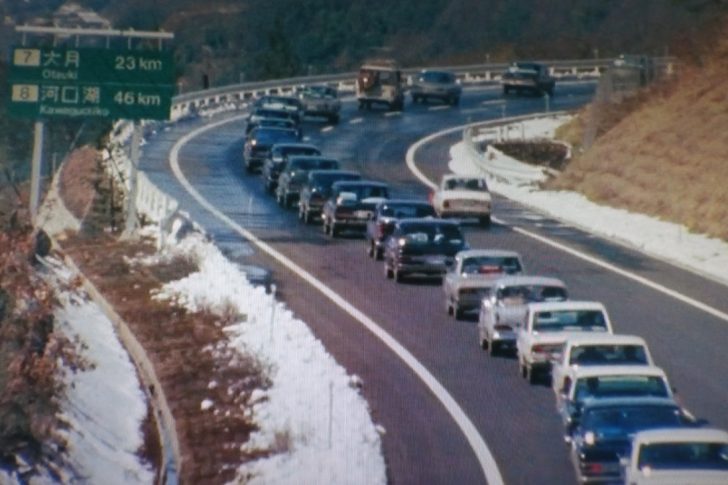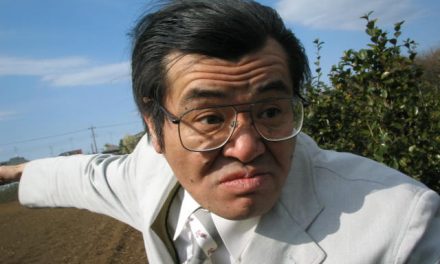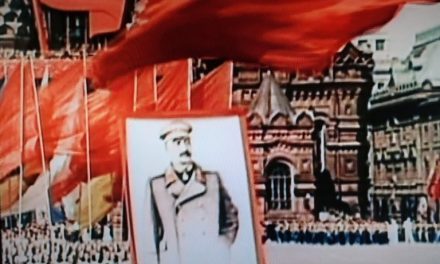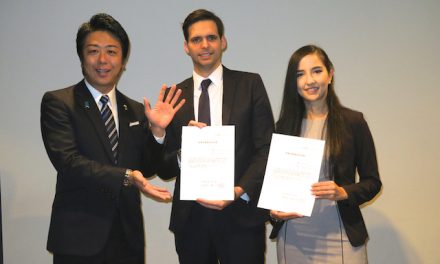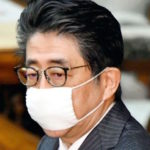
Japan’s Economic Miracle 9
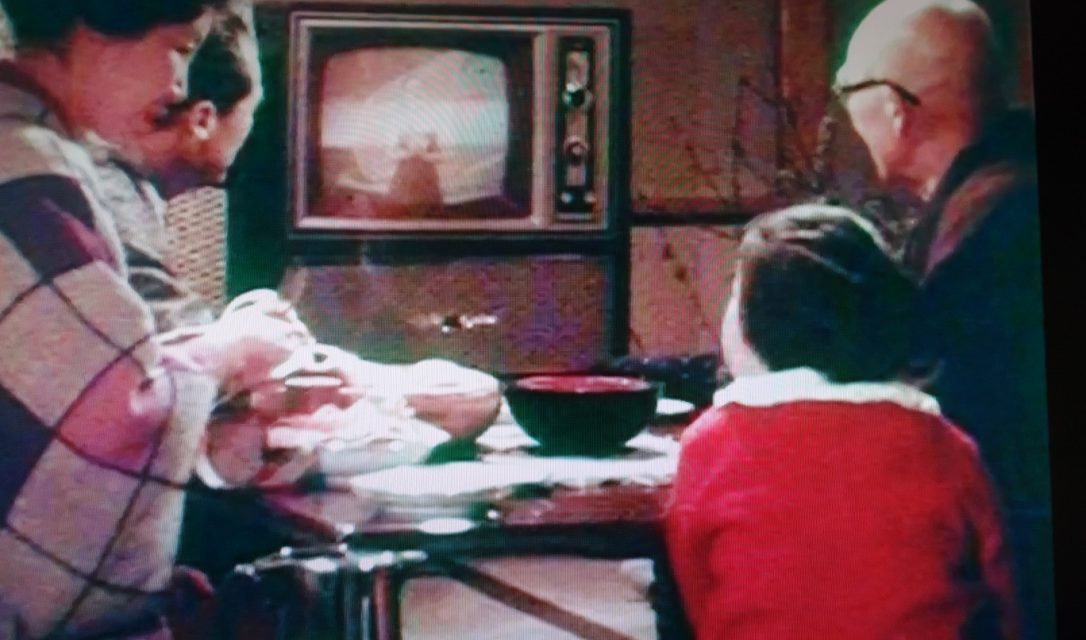
Ikeda took a number of effective measures in order to realize the creation of
As a result, the amount of capital investment:


Since the economy recovered,
Tokyo Olympic Games
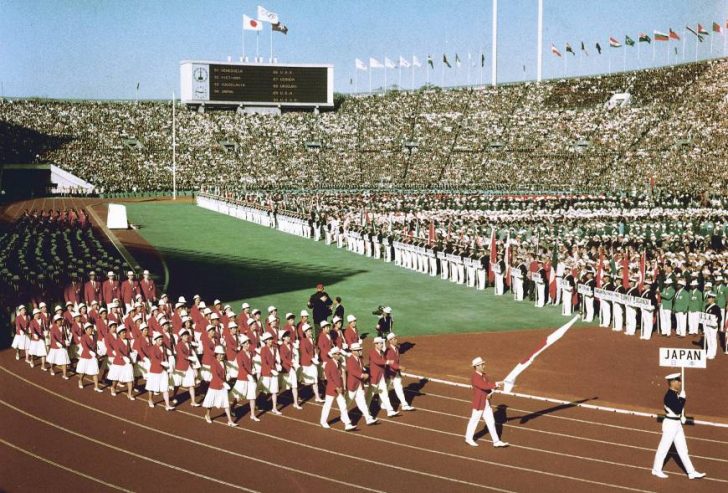
Source: The Japan Times
In the middle of the high growth of the economy, 1964 October, Tokyo Olympic Games was opened. The Olympic opening ceremony was the Ikeda’s appearance as Prime
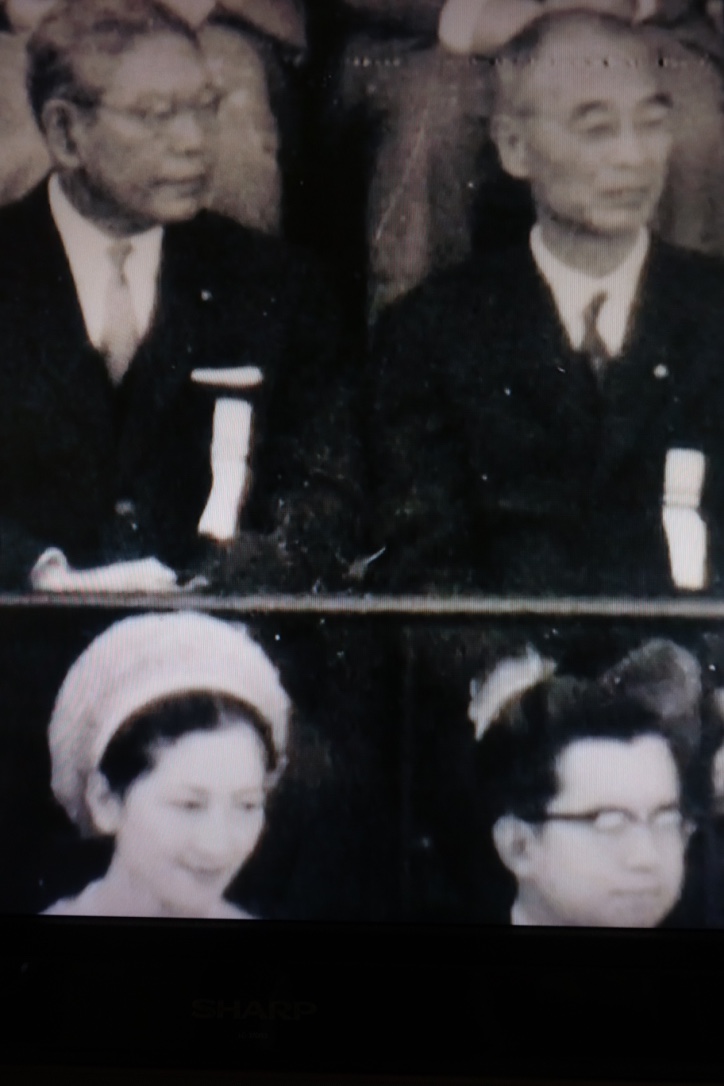
Ikeda and the Imperial Family
3 years after Ikeda’s death, in 1968, Japan’s GNP exceeded ¥52 trillion (=$144 billion) and double income was achieved. As a result, Japan became the world 2nd largest economic power.
Shimomura’s theory brought out Japan’s abilities. It was a miracle for Japan because the timing of this was perfect.
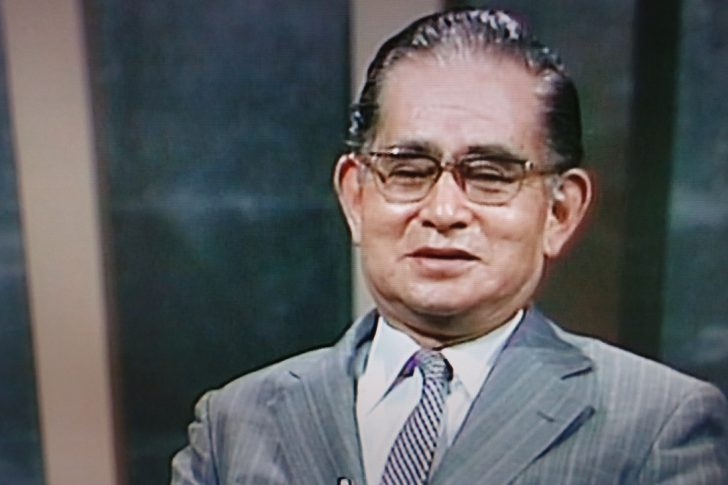
Osamu Shimomura
“Literally, we were fortunate to be able to make almost 100% use of the one chance in a million.”
Osamu Shimomura
The Ashes of the War
Back then, Japanese people had a bunch of stuff that they really wanted to get, and companies were capable of providing them. In order for the companies to meet the demand, they worked very hard.
One of the war slogans “Why don’t we try to get something?”
Many elderly people say,
“We lost the war, but achieved economic restoration. As a result, people realized that they had already risen from the ashes of the war. Then, they started to think that they were allowed to buy anything whatever they wanted. During WW2, we were forced to contribute anything to the country for the battles and live with poor lives.”
Strong Desire
For people of those days, there
However, a car provided them some sort of private space where they were able to use air conditioner and audio. Also, no one could disturb them. Therefore, people were eager to buy cars for not only a form of transport, but for personal and beneficial space.
People had a strong desire to buy and supply as well as a strong capacity to produce and sell. This cooperative relationship accelerated, being the mechanism of
During this period, employees were paid more instead of putting aside surplus in order to encourage the employees to work hard together no matter the situation. Business owners cherished morality and considered their employees to be very important.
But now, the economy is definitely capitalist and seems as if it will never go back to this. If we thought Japan was born in 1945 (the end of WW2), this country would be already 72 years old.
Therefore, the idea of forcing a 72-year-old elderly person to grow up at a rapid rate is a ridiculous idea. Finding the way of living in mature person’s own way is needed, being the opposite of Abenomics.
To be continued …
Sponsored Link




